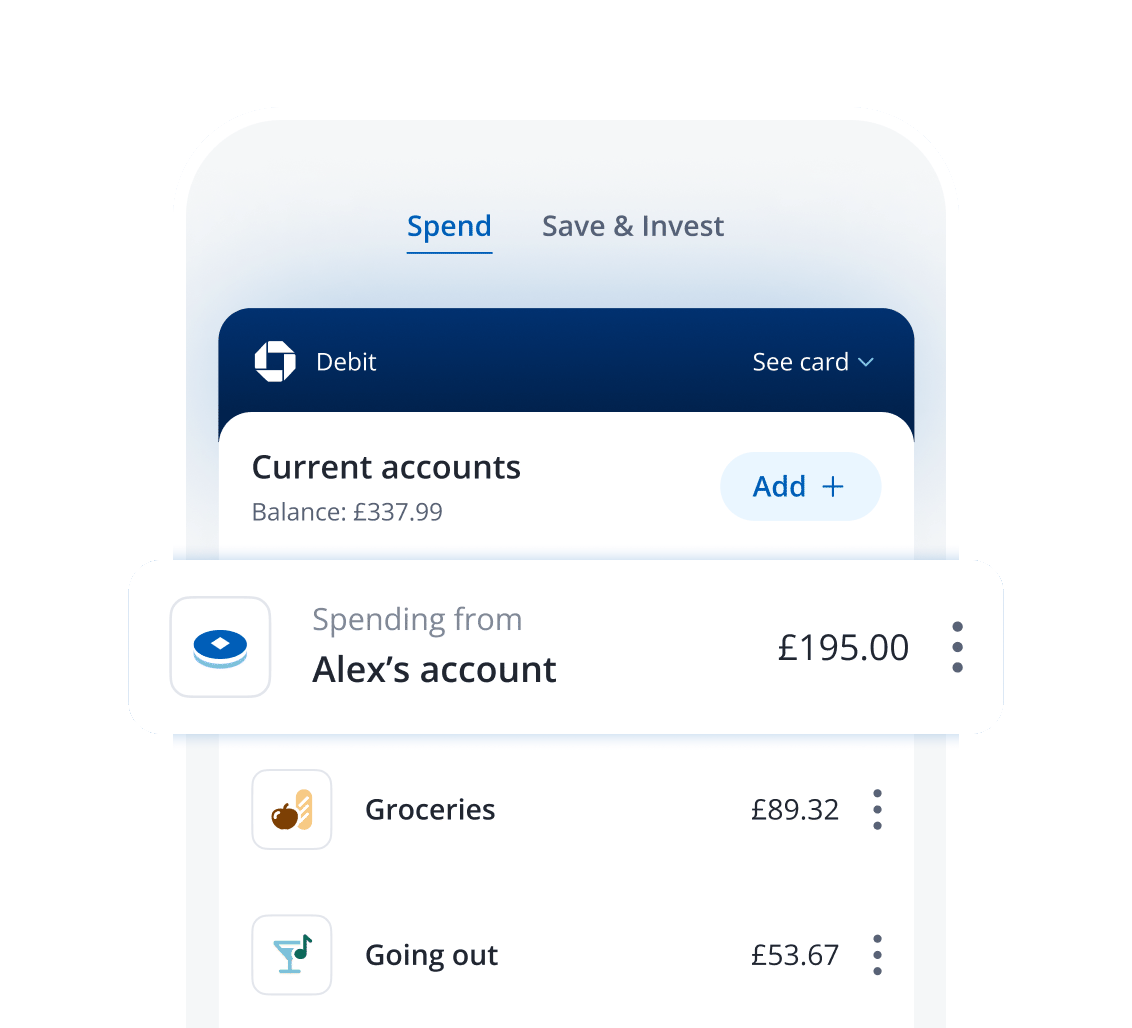money
What is ‘passive’ investing?
5 min | 05 February 2024



If you’re new to investing, you may find yourself deciding between ‘active’ and ‘passive’. What’s the difference, why does it matter and which is right for you?
'Active’ and ‘passive’ are two styles of investing. They describe how your money is managed, which shapes your returns, how much you pay to invest and how much visibility and control you have over your investments.
The difference between active and passive
Active investing usually involves paying a professional fund manager to find, buy and sell individual financial assets (likestocksand bonds) that may outperform the rest of the market over the long term. Active managers will build their own funds, manage their performance and choose when to sell existing holdings and buy new assets. It's an ‘active’ process that uses human judgement to try and achieve above-average returns.
You can buy and sell individual assets too – investing in this way is often known as 'brokerage'. In recent years, online brokerage platforms that allow you to buy and sell individual shares have become more popular.
Passive investing typically employs a 'buy and hold' strategy, where a fund buys and tracks an index over the long term. An index tracks a group of assets – the FTSE 100 and the S&P 500 are two well-known examples. An index fund will buy shares in the companies that make up the index. They can be equally weighted (where the amount you hold of each company is the same, regardless of its size), or market weighted, (where the amount you hold is proportionate to the company’s size or market capitalisation).
It's ‘passive’ because you aren’t researching, buying and selling individual stocks – the fund is just copying the index, and the goal is to match its performance. Passive funds tend to have lower fees and operating expenses than actively managed funds, which charge a premium for the expertise of a fund manager and incur higher costs from buying and selling individual stocks or bonds.
The active-passive debate
The investment industry has pitted active and passive investors against each other for decades. The first funds were active, managed by stock-pickers who combined research with gut feel, known to ‘have a hunch, buy a bunch, and go to lunch.’ When passive funds arrived in the 1960s, they were met with hostility. One advertising poster from that time denounced them as ‘UNAMERICAN’ because they aimed only to track, not outperform, the market.
Despite this rocky start, the arrival of the exchange-traded fund (ETF) in the 1990s helped popularise passive investing . Like index funds, they aim to capture and track an index or part of the market. But while index funds are priced, bought and sold daily, ETFs can be traded throughout the day, giving investors more choice and flexibility.
With almost $10 trillion worth of assets invested in the ETF industry worldwide, they've fundamentally reshaped the landscape for investors. Passive funds like ETFs have let more people invest, encouraged a reduction in active fund managers’ fees, and overtaken active funds’ ownership of US equities.
Which is better for me?
Investors who choose active funds believe that fund managers can and do use their judgement and conviction to significantly outperform the market, justifying their fees. Passive investors feel that their approach has several pros. By investing in an index, they benefit from diversification, which helps them spread risk. They also offer transparency (as it’s easy to see where you’re invested), flexibility and choice, and are much cheaper than active funds.
In the end, it’s a personal choice that may be guided by your priorities and appetite for risk. If you’d like to pay more to try and outperform the market, active may be for you. If you want a low-cost fund that will track the performance of the market, passive may be a better fit.
Investors today have more choice than ever before and don’t have to choose between pure active and pure passive. New styles of investing have emerged that blend active and passive together:
- Active-quantitative investing uses algorithmic computer research to help fund managers make decisions
- Wealth managers like Nutmeg actively manage their ETF portfolios to provide low-cost solutions that benefit from the oversight and expertise of experienced investors
- Enhanced index funds use active management to adjust the weights of holdings to try and achieve higher returns
- ETFs have evolved into a huge variety of funds that can track specific sectors or broad indices
Many investors now see active and passive investing as a spectrum, and look for ways to get the best of both.
Ready to invest?
Introducing Nutmeg, the digital wealth manager that's part of the Chase family. You can now sign up to Nutmeg or link your existing Nutmeg account, all from the Chase app. Once that's done, you'll be able to see your investments in the Chase app too.
Nutmeg is authorised and regulated by the FCA in relation to certain investment services and restricted advice only. Chase is a trading name of J.P. Morgan Europe Limited. Nutmeg and J.P. Morgan Europe Limited are J.P. Morgan companies. Products provided by Nutmeg are not guaranteed by Chase. Before applying, you should consider if a Nutmeg account and its features are suitable for you and your investment needs.
Disclaimer: As with all investing, your capital is at risk. The value of your investments with Nutmeg can go down as well as up and you may get back less than you invest. Past performance is not a reliable indicator of future performance.


















